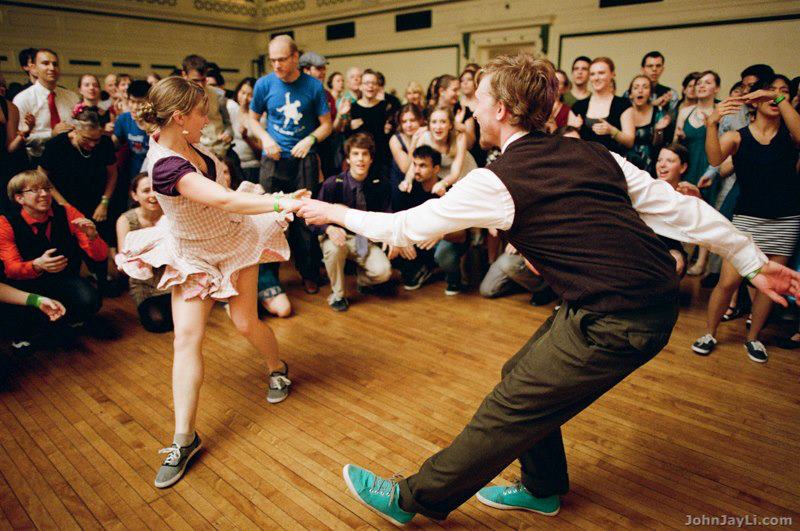About
I’m a machine learning engineer at SDG, building ML and data systems for diverse clients.
My background is as an experimental nuclear and particle physicist. At the University of Minnesota and Fermilab I built particle detectors to collect trillions of images of particle collisions and the ML/analysis pipelines to process them – all in an effort to understand the nature of the universe. I continue to collaborate on research at Minnesota.
My physics research focused on neutrinos and muons – fundamental particles in the Standard Model – and I worked on the experiments at Fermilab that studied them. I specialized in particle beams and detectors, high-performance computing, and data science. I also did work in science communication, STEM education and mentorship, and I was an assistant professor at St. Olaf and Carleton Colleges. I hold a Ph.D and M.S. in physics from the University of Pittsburgh and a B.A. in physics and philosophy from Bowdoin College.
Physics Research
My colleagues and I built some of the most complex measurement systems in the world. These detectors are completely custom, gymnasium-sized digital cameras that take pictures of subatomic particles. They collect trillions of collision images, and extracting meaningful signals requires hardware design, distributed computing, statistics, and machine learning at massive scale.

These systems study the Standard Model of particle physics – an incredibly successful theory describing fundamental particles and their interactions. The Standard Model makes correct predictions but can’t explain phenomena like dark matter and gravity. I focused on two of its 17 fundamental particles: neutrinos and muons.
Neutrinos are extremely numerous, ghostly particles with a trace amount of mass. They’re very hard to detect, and we still have a lot to learn about them. The big questions in neutrino physics are: what exactly is the neutrino’s mass? How do neutrinos behave differently from their antiparticles? And might they even be their own antiparticles? Answering these questions will help us better understand the shortcomings of the Standard Model and help answer: why this universe?
Muons are the heavier sister particles to electrons. The Mu2e experiment at Fermilab will search for a type of muon decay that is not allowed by the Standard Model, but that does happen in hypothetical Beyond Standard Model theories. The outcome of the Mu2e experiment will either be to wipe out whole categories of theories or pave the road to a new model.
I focused on neutrino beam technology and nuclear neutrino interactions, working on several Fermilab experiments, particularly MINERvA, and studying neutrino beams at CERN. On the Mu2e experiment, I helped build the electron tracking detector and developed machine learning-based calibration and analysis techniques. I continue to collaborate on neutrino research papers and advise graduate students on ML applications in particle physics. I also designed an open science particle physics analysis software toolkit as a member of the MINERvA collaboration.

Technical Leadership & Mentorship
I’ve mentored engineers and researchers across physics, production software, data engineering, and machine learning. I was a professor at St. Olaf and Carleton Colleges teaching both lab and traditional courses, and continue to advise graduate students on ML applications in particle physics experiments. Clear technical communication and mentorship to all audiences are skills I’ve developed over years and value deeply.
Other Interests
I play lots of different sports like ice hockey, cross country skiing, rock climbing, and rugby. I’m a long time Lindy Hop swing dancer, community organizer, instructor, DJ, and competitor. I love to express myself and connect with others through dance. I enjoy strategy games, and analyzing games with statistics. I’m currently solving the collaborative card game, Hanabi, using reinforcement machine learning. My second academic love is the history and philosophy of physics – in particular the questions of how scientific ideas develop and how they inform pedagogy.


